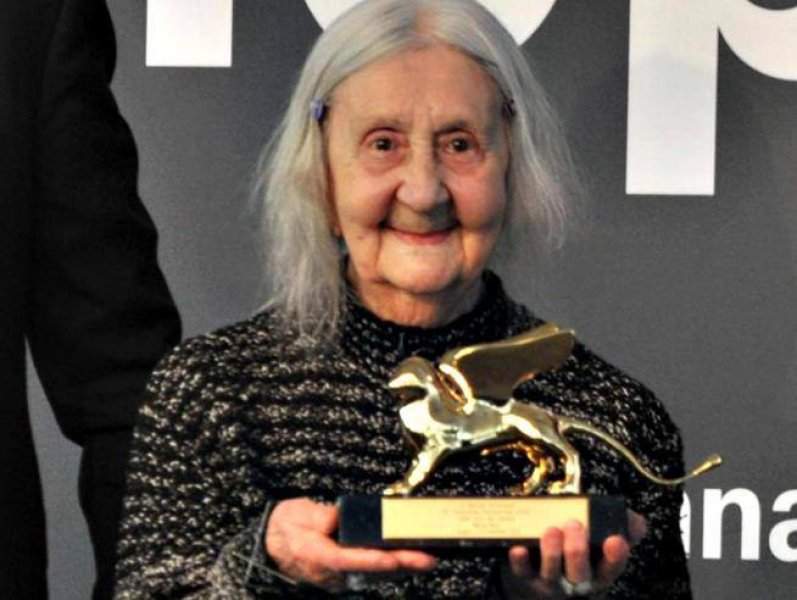Artist Marisa Merz, a leading exponent (as well as the only woman) of theArte Povera movement, died yesterday in Turin at the age of 93. Born in Turin in 1926, she met in 1950 Mario Merz (Milan, 1925 - 2003), another big name in Arte Povera, with whom she married in 1960 and by whom she had her daughter Beatrice, current president of the Merz Foundation. Marisa made her artistic debut in the 1960s, exhibiting together with the artists of the celebrated group that would go down in art history thanks in part to the definition of “Arte Povera” coined by critic and curator Germano Celant to emphasize the characteristics that united the artists who were part of the movement: the use of poor materials, such as raw fabrics, string, rags, metal, and waste material, with which they intended to bring out, on an artistic level, the energy and potential of everyday objects and those of industrial use.
Thus, in 1967, Marisa participated, as the only woman, in the first Arte Povera exhibition, held at the “La Bertesca” Gallery in Genoa, where Michelangelo Pistoletto, Jannis Kounellis, Giuseppe Penone, Giulio Paolini, Alighiero Boetti, Luciano Fabro, Gilberto Zorio, Pierpaolo Calzolari, and Emilio Prini, among others, exhibited. Marisa Merz’s favorite materials early in her career were wool and copper: at her first solo show in 1966, she presented some blankets rolled up and wrapped in copper wire, and in the same year she showed her “living sculptures” (now at the Tate Modern in London), sheets of aluminum rolled up, tied together and hung from the ceiling. Her daughter has also often been present in her art, with works reminiscent of her childhood, made with wires and string, or again with the 1968 work Bea, made with letters that reproduce her daughter’s nickname in an uncertain way that also recall the shapes of newborn plants, and which is a hymn to life being born and growing. Beginning in the 1970s, Marisa Merz focused on environments, creating works (the “rooms”) that totally interacted with the spaces and went on to occupy all the rooms in which they were exhibited, but still without ceasing her research on “poor” materials. Among the exponents of Arte Povera, Marisa Merz was perhaps the one who proposed a more intimate, poetic and introspective art.
Over the course of her career, Marisa Merz has exhibited in the world’s most prestigious contexts, ever since her participation in the Venice Biennale in 1972: the artist returned several times to the great Venetian exhibition (in 1980, 1985, 1988, 1993, 2001, 2013), and her participations in Documenta (1982, 1992), one at the Rome Quadrennial (1973) and one at the Sydney Biennale (2008) are also counted. In 2001 she received the Special Jury Prize at the Venice Biennale, and in 2013, also at the Venice Biennale, she was awarded the Golden Lion for Lifetime Achievement. Her monographs have been held at the Stedelijk Museum in Amsterdam, the Centre Pompidou in Paris, the Palazzo delle Esposizioni in Rome, the Ludwig Museum in Cologne, the Tate Modern in London, the Hirshhorn Museum in Washington, and the Guggenheim in New York.
 |
| Farewell to Marisa Merz, great artist, the only woman of Arte Povera |
Warning: the translation into English of the original Italian article was created using automatic tools. We undertake to review all articles, but we do not guarantee the total absence of inaccuracies in the translation due to the program. You can find the original by clicking on the ITA button. If you find any mistake,please contact us.